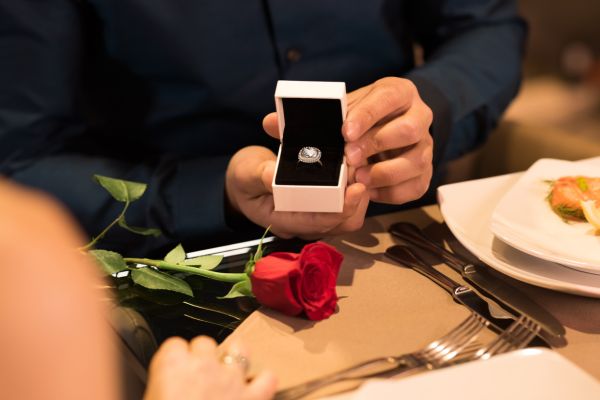Planning a wedding can be as thrilling as it is daunting, especially when it comes to managing finances. A wedding budget planner is not just a tool; it’s your financial compass guiding you through the maze of expenses, ensuring your big day is memorable without breaking the bank. In this comprehensive guide, we’ll explore the intricacies of creating and sticking to a wedding budget that aligns with your dreams and realities.
Let’s face it, planning the perfect wedding is no small feat. From choosing the right venue to picking out the perfect dress, every detail counts. But amidst all the excitement, it’s easy to lose track of expenses. That’s where a wedding budget planner comes into play. This guide will walk you through the steps of developing a budget that works for you, ensuring that your special day is both beautiful and financially manageable.
What Is a Wedding Budget Planner?
A wedding budget planner is a tool that helps you manage the financial aspects of your wedding. It involves estimating costs, tracking expenses, and ensuring you stay within your financial limits. Think of it as your financial fairy godmother, keeping your spending in check while you focus on making unforgettable memories.
Crafting Your Wedding Budget
Step 1: Estimating Your Total Budget
Before diving into details, it’s crucial to determine how much you’re willing to spend. Consider your savings, contributions from family, and any other sources of funds. Be realistic and remember, a dream wedding doesn’t have to drain your life savings.
Step 2: Break Down Your Budget
Allocate your budget to different aspects of your wedding. Here’s a basic breakdown to get you started:
- Venue and Catering (40-50%): This usually eats up a significant portion of the budget.
- Photography and Videography (10-12%): To capture those timeless moments.
- Attire and Beauty (8-10%): For looking your absolute best.
- Décor and Flowers (8-10%): Setting the scene for your big day.
- Entertainment (5-7%): Music and fun to keep the celebration going.
- Stationery (2-3%): Save-the-dates, invitations, and thank-you notes.
- Wedding Rings (2-3%): Symbols of your love and commitment.
- Miscellaneous (8-10%): For those unexpected costs.
Step 3: Prioritize
Decide what’s most important to you. Is it the food, the music, the location? Allocate more budget to your priorities and find ways to save on less important aspects.
Navigating Common Wedding Expenses
Venue
When it comes to the venue, think outside the box. Consider off-peak seasons and days to snag a deal. Remember, your venue sets the stage for your entire celebration, so choose wisely!
Food and Drink
From plated dinners to buffets, the options are endless. But hey, why not consider a food truck for a quirky twist? Just ensure you cater to various dietary needs.
Photography and Videography
Your wedding day will fly by, but photos and videos last a lifetime. Don’t skimp here; find a professional who matches your style.
Attire and Beauty
Whether it’s a designer gown or a rental, choose what makes you feel like royalty without reigning in debt. For beauty, consider DIY options or a talented friend for makeup and hair.
Decor and Flowers
DIY décor can add a personal touch without the hefty price tag. For flowers, think seasonal and local to cut costs.
Entertainment
A good DJ can make or break the party atmosphere. Research and choose someone who understands your vibe.
Stationery
Digital invitations are cost-effective and eco-friendly. If you prefer traditional invites, explore budget-friendly printing options.
Wedding Rings
These symbols of love don’t have to cost a fortune. Explore different materials and designs that speak to your relationship without echoing in your bank account for years.
Sticking to Your Budget
- Track Your Spending: Keep a close eye on expenses using a spreadsheet or budgeting app.
- Be Flexible: Be ready to tweak your plans to stay on budget.
- Negotiate: Don’t be shy to negotiate with vendors.
- DIY When Possible: Unleash your creativity to save some bucks.
- Regular Check-ins: Frequently review your budget to avoid surprises.
FAQs
Q1: How do I start planning my wedding budget? A1: Begin by estimating your total budget, then break it down by category, prioritizing what matters most to you.
Q2: Can I still have a beautiful wedding on a tight budget? A2: Absolutely! With creativity and smart planning, you can have a stunning wedding that doesn’t cost the earth.


